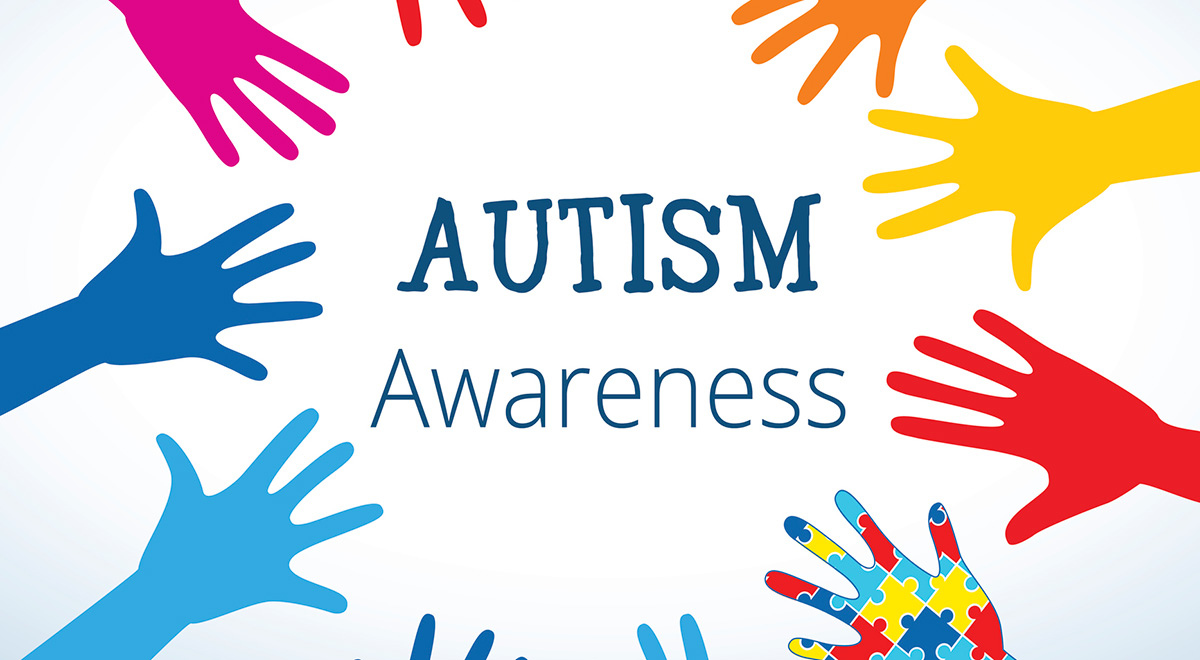Until the introduction of the herbicide glyphosate (the active ingredient in Monsanto’s Roundup), autism was a very rare condition that affected one child in 10,000. Over the past forty years, rates of autism have soared to the point that the condition now affects one child in 70.
According to MIT research scientist Dr. Stephanie Seneff, much of that alarming increase is attributable to the growing use of the herbicide, which has made its way into most of the world’s food supply. Seneff predicts that within the next eight to ten years, autism will affect at least half of all children.
That’s the bad news. The good news is that scientists are closing in on a treatment that could address the symptoms of autism – and it’s one that has been around for over a century.
The clinical study, published in the Annals of Clinical and Translational Neurology earlier this year, represents the closest that scientists have ever come to finding a treatment for the symptoms of autism. Although it may be some time before that treatment is available, it could also mark a dramatic change in how autism is perceived and understood.
While glyphosate is a major culprit in the rise of autism, it is not the direct cause. Rather, it triggers conditions that lead to the disorder. According to autism researcher Robert Naviaux of the University of California San Diego School of Medicine, autism is the result of metabolic dysfunction, in which cellular communication between the brain, the immune system and the digestive tract breaks down (glyphosate destroys beneficial gut bacteria, which in turn affects immune function).
Naviaux theorizes that when this happens, it affects the way cells respond to stress. “Cell Danger Response” (CDR) is a very old metabolic response to threats such as injury and disease. It is somewhat similar to the “fight or flight” response that helps animals (including humans) to survive. He believes that when cellular communication breaks down, it causes the “switch” that activates CDR to get stuck in an “open” position. This can lead to behavioral abnormalities as well as chronic illnesses. Naviaux explains, “When this happens during early child development, it causes autism and many other chronic childhood disorders.”
The mechanism by which cells communicate is known as “purigenic signaling.” This involves a range of molecules and biochemicals and their receptors. In order to test his hypothesis, Naviaux and his research team examined a 100-year-old drug called suramin, a purigenic signaling inhibitor. This drug was developed during the First World War for the treatment of African sleeping sickness (trypanosomiasis), a disease carried by the tsetse fly. Initial results from studies on lab mice in 2014 showed that one dose of suramin was effective in reversing symptoms associated with autism.
The first human trials began in 2015. Ten boys between the ages of 5 and 14 participated; five were given suramin, while the others were given a placebo. The five subjects who received the drug showed steady improvement over the course of a week, while those in the control group were unaffected. In some cases, the change was amazing. Four of the participants were non-verbal; Naviaux reported that “[A] 6- and 14-year-old who received suramin said their first sentence of their lives about one week after the single suramin infusion…this did not happen in any of the children given [a] placebo.”
The improvements were only temporary, and symptoms returned as the children’s bodies metabolized the drug out of their systems over the subsequent six weeks. It should be emphasized that a great deal of study remains to be done. Naviaux says, “We are left with the conclusion that either the results are wrong because of the small size of the study, or they are an important advance. We won’t know which until the results can be replicated in larger studies.”
Currently, suramin is not available commercially in the U.S., and is not approved for any medical uses. Naviaux estimates that it will take at least five more years to gather all necessary data required for FDA approval. He also acknowledges that suramin may not turn out to be the wonder drug it appears to be – but his research could pave the way for the development of new and effective antipurigenic treatments for the symptoms of autism.

